Samsung Q80B QLED TV review: the sweet spot for price to performance?
The QE65Q80B on test is great for gamers and its screen is bright, but there are some blooming issues.
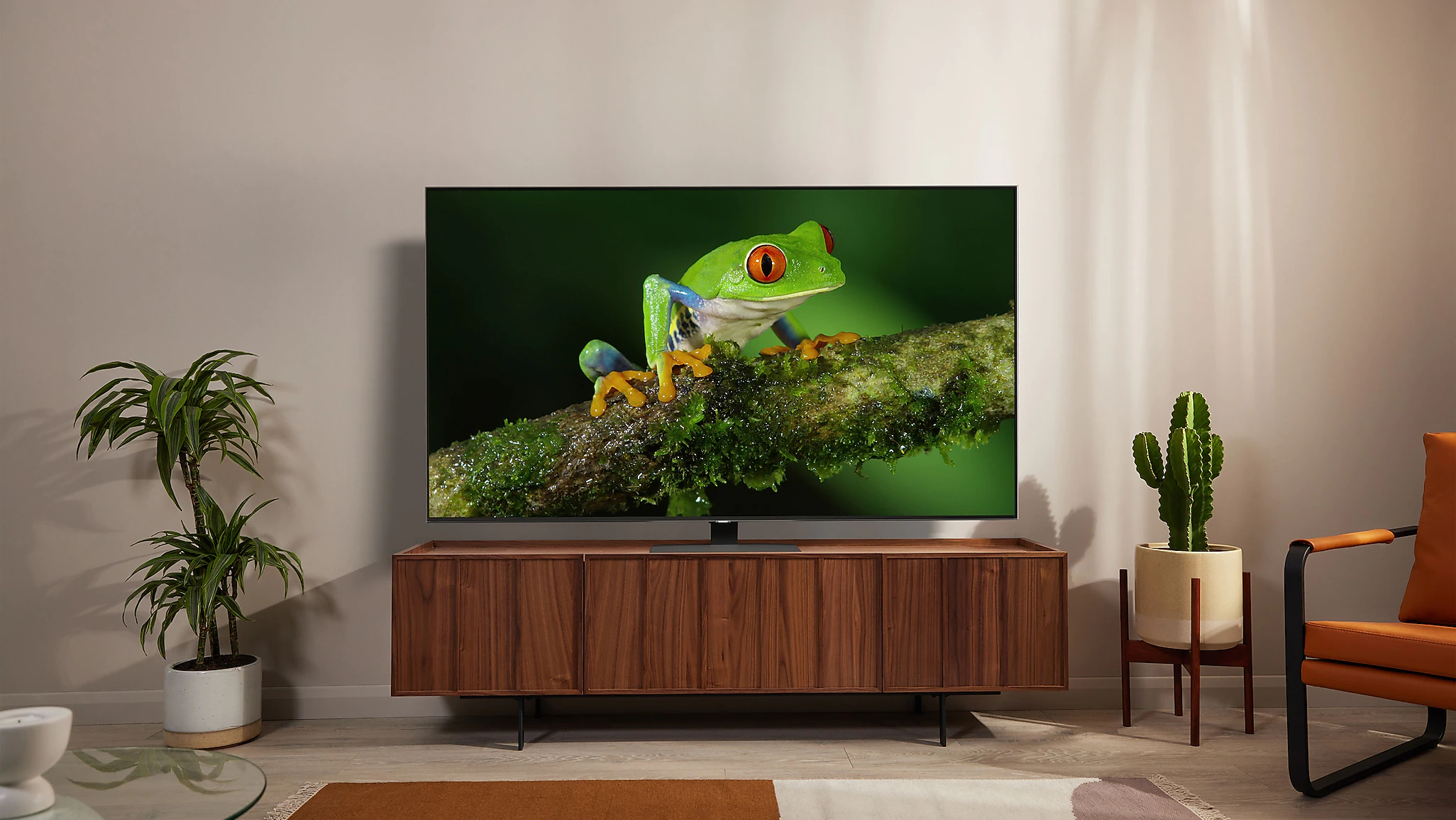
The Samsung Q80B is an impressive option if your budget won’t stretch to Samsung’s higher-numbered Neo QLED Mini LED models. The Q80B's vibrant picture performance is easy to like, there’s high frame rate gaming support, plus a solid smart platform with plenty of streaming options.
-
+
Impressive high dynamic range (HDR) performance
-
+
4K 120Hz HDMI support for new-gen gaming
-
+
Tizen smart platform works well
-
-
No Dolby Vision HDR format
-
-
Blooming evident on some content
Why you can trust T3
Parked defiantly on the lawns of similarly priced OLED TVs, the Samsung Q80B QLED is a well-heeled 4K performer with obvious appeal to gamers and bright room viewers.
Not only is the Q80B a head-turner in the picture stakes – that's what QLED is all about: Quantum Dots and ultra-brightness – but all inputs support High Frame Rate (HFR) gameplay, and it’s bolstered by Samsung’s now mature Tizen smart platform.
If you thought your next TV might be an OLED, then the Q80B is here to potentially change your mind. Here's our full review, assessing whether it's a more sensible buy than the top-end QN95B also in the range...
Samsung Q80B: Price & Availability
The Samsung Q80B is available in 50-, 55-, 65-, 75 and 85-inch screen sizes (QE50Q80B, QE555Q80B, QE65Q80B, QE75Q80B, and QE85Q80B), priced at £799, £1399, £1999, and £2499 respectively. To get a lower cost it's worth checking our Samsung discount codes.
In the US, these same models sell for $999, $1199, $1499, $2199, and US$3299.
In Australia it's available in 55-, 65-, 75-, and 85-inches, priced at AUDS$1799, AUD$2299, AUD$2999 and AUD$3999.
Samsung Q80B review: What's new?

We hauled the 65-inch Q80B model onto our test bench, so that's your reference point, although we expect the pros and cons to be very similar for smaller and larger panels too.
If you want plenty of streaming services on tap, you’ve come to the right place. The Q80B runs Samsung’s Tizen smart platform, which is well-stocked and stable. These days Tizen sports a full-screen Home interface, with rails of curated content and easy access to a comprehensive range of apps, including Netflix, Disney+, Prime Video, Britbox, Now, Britbox and Apple TV+.
Samsung tellies do not support Freeview Play in the UK, but compensate by offering all the main TV channel catch-up players. There’s also Samsung TV Plus, the brand’s own IP-delivered linear channel selection.
The screen works with Bixby, Amazon Alexa and Google Assistant. There’s also Smart Things support, and Samsung’s Ambient collection of relaxing videos and patterns.
The final big selling point is the Samsung Game Hub, from which you can stream a variety of games. Latency is excellent: we measured input lag at 10.1ms (1080/60) with Game mode selected, and 13.4ms if you opt for Game Motion Plus, which includes some beneficial picture enhancement.
Samsung Q80B review: Image & Sound Quality
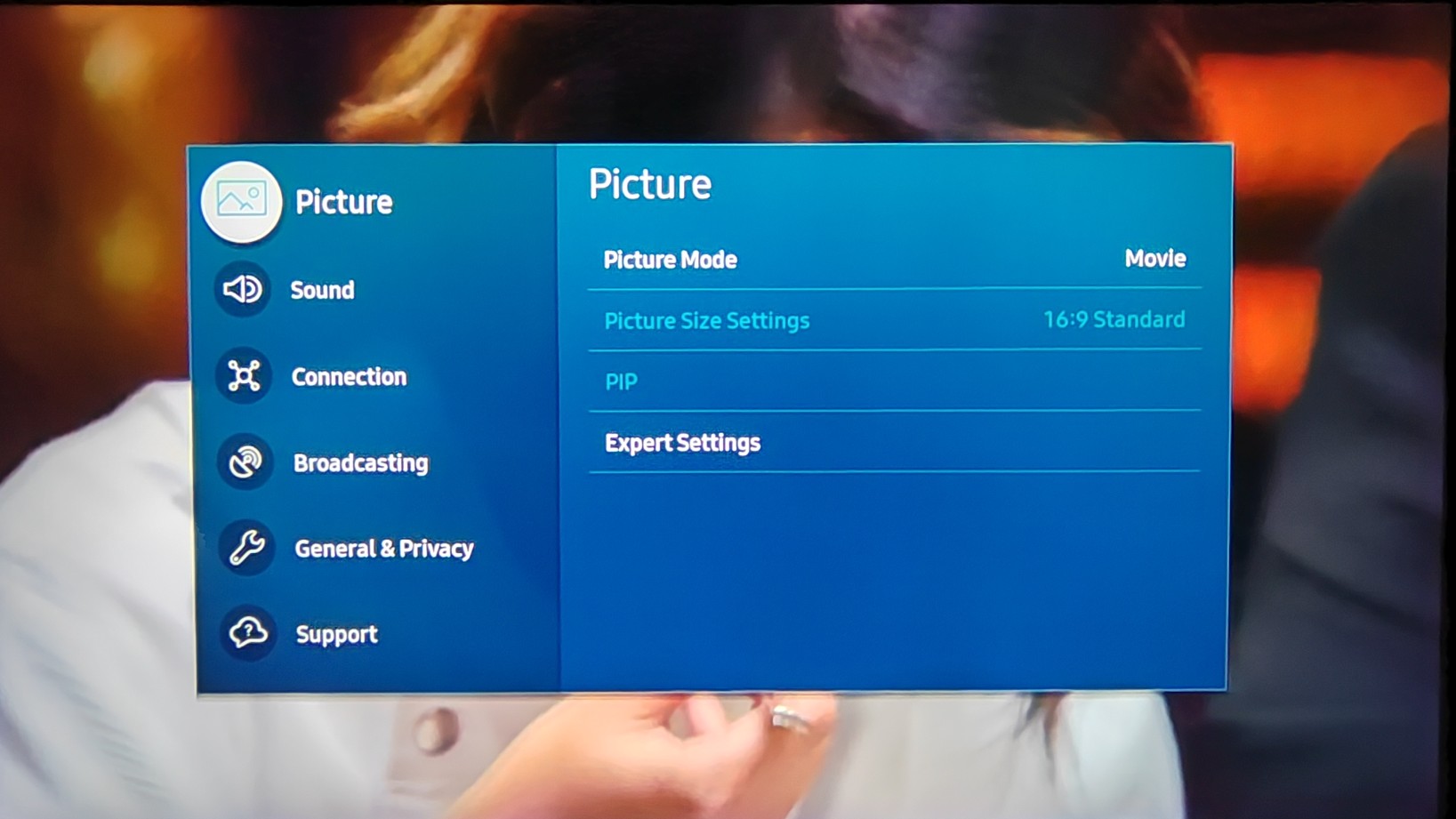
The Q80B exhibits all the attributes we’ve seen from previous Samsung QLED models. Its images are inherently bright, with well-saturated hues and diamond-etched detail. It’s particularly well suited for daytime TV and sports.
The screen’s black level performance benefits from a direct full array backlight, which influences its high dynamic range (HDR) handling.
While obviously not able to deliver OLED-style black depth, letterbox movie bars are better than grey.
Picture processing is handled by Samsung’s AI-powered Quantum Processor 4K. This manages upscaling of lower-resolution sources, and in tandem with an integrated light sensor, adjusts picture characteristics according to available ambient light. This intelligent mode effectively puts the screen on autopilot, and visually it’s a smooth ride. For most viewers, this will probably be the best solution.
If you prefer, you can disable this mode for a more conventional preset selection, comprising Filmmaker Mode, Dynamic, Standard, and Movie.
The Q80B’s HDR performance is very impressive. We measured 980 nit peak brightness (using a standard 10 per cent patch). That’s good enough to negate tone mapping on most TV content. HDR support covers HDR10+ and HLG.
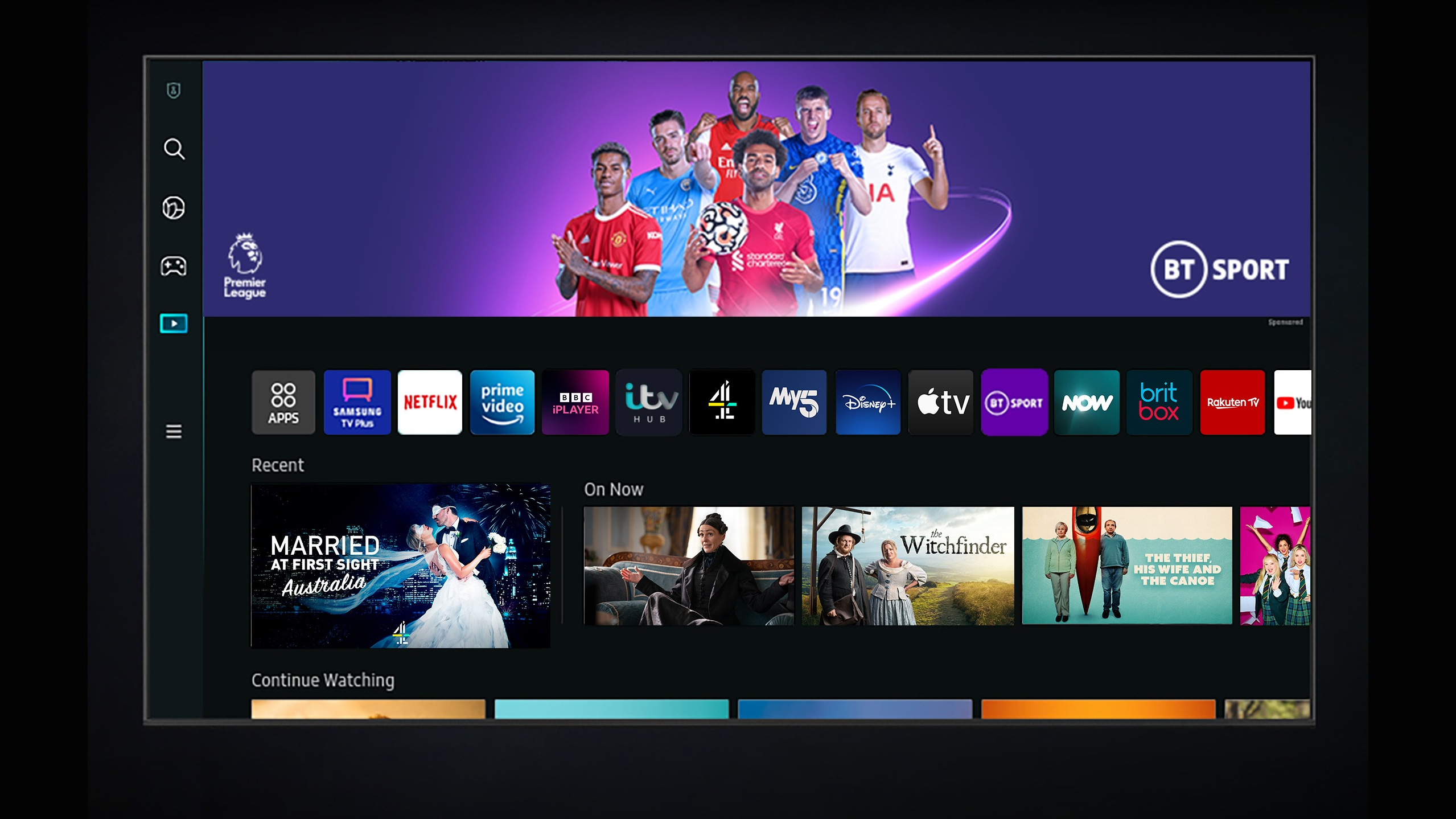
While this HDR performance is perfectly fine, the ongoing bugbear is the lack of Dolby Vision. Given DV is now ubiquitous across other TV brands, Samsung’s dogmatic refusal to support it is perplexing. If you’re a movie fan, you’ll definitely feel you’re missing out. It’s underwhelming to load up Netflix and see new shows described merely as ‘4K HDR’ and Dolby Atmos.
Low level shadow detail is fair for this class of screen, with some smudging of dark detail. Colour fidelity is strong, as we’ve come to expect from Samsung’s Quantum Dot screens. However, there is clear blooming when bright whites sit against a black background.
The Q80B’s audio is also surprisingly effective. You won’t feel the need to shop for a soundbar. The screen conceals six directional speakers, including two for height duties. The Q80B sounds its best with Dolby Atmos and multichannel gaming audio, but its Object Tracking Sound system also makes full use of the driver complement when only stereo content is available.
The result is rewardingly wide and high audio, with aggressive steering. The set is also compatible with Samsung Q-Symphony-enabled soundbars – here's T3's list of the best soundbars for Samsung TVs.
Samsung Q80B review: Design & Usability
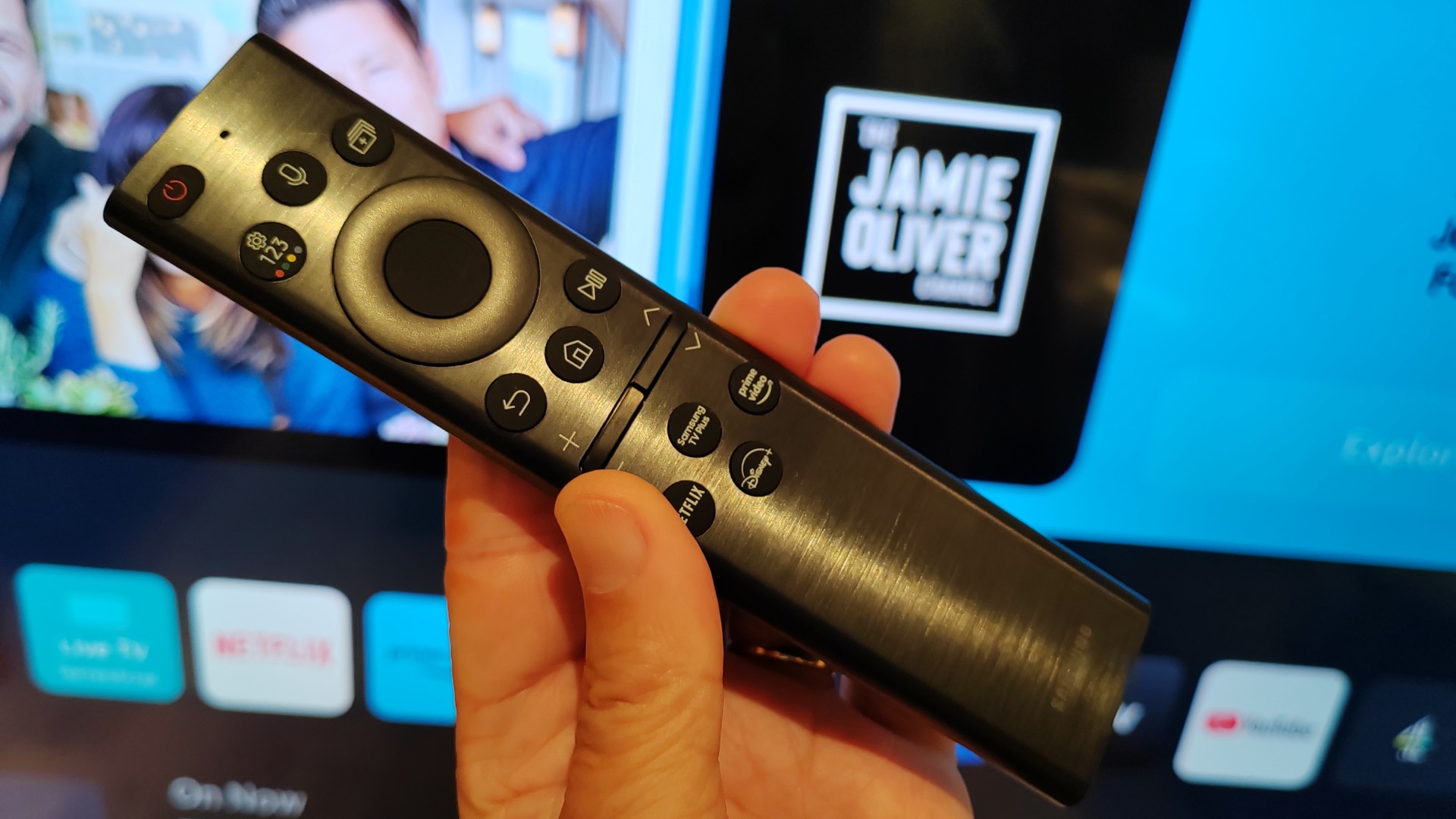
Tipping the scales at a hefty 24.1kg, this QLED TV is finished in dark grey and the bezel is wafer thin. A Samsung logo is placed centrally above a squared-off, textured, metal pedestal stand.
All four HDMIs support v2.1 features (although the 50-inch model is an exception if you're looking at that) and handle 4K 120Hz inputs with ALLM (Auto Low Latency Mode), Nvidia G-Sync and FreeSync Premium Pro compliance. There’s eARC on HDMI 3.
Additionally there are two USB ports, a digital optical audio input, Ethernet connection, and both satellite and terrestrial tuners. There's also a common interface slot if you need it.
Navigation is intuitive and sprightly, and there’s a choice of two remote controls to move you around the interface, one a standard zapper and the other a slim solar-powered alternative. Both remotes have quick-access buttons for Netflix, Prime Video, Disney+, and Samsung TV Plus.
Samsung Q80B review: Verdict
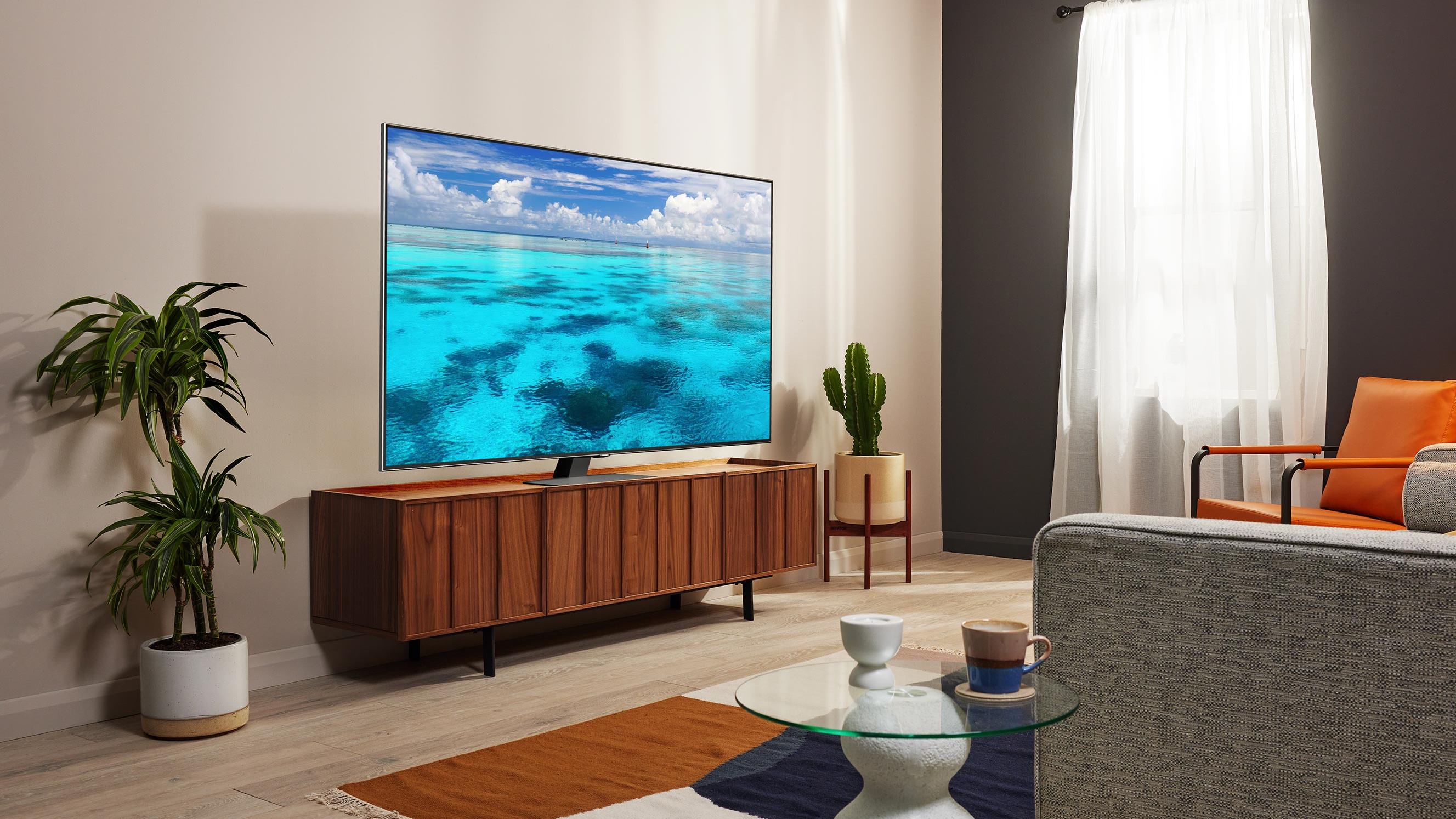
The Samsung Q80B is a fine QLED upper mid-ranger that should please gamers and everyday viewers alike, but could frustrate film fans. The lack of Dolby Vision HDR, and a propensity to blooming, will take the shine off movie nights.
Audio performance is surprisingly good though. You won’t feel the need for a soundbar right out of the gate.
Overall, we rate the Q80B a superior QLED TV with a good deal of future-proofing built in. It's not as refined as the Q95B, but the step-down in price fully reflects that.
Also consider
If you can forego the larger size then you could buy a smaller Samsung QN95B, which is at the top-end of this series, delivering even more precision and brightness. Otherwise from the OLED side of the fence the LG C2 is hard to ignore.
Sign up to the T3 newsletter for smarter living straight to your inbox
Get all the latest news, reviews, deals and buying guides on gorgeous tech, home and active products from the T3 experts
For over 25 years, Steve has been casting his keen eyes and ears over the best that the world of TV and audio has to offer. He was the creator of Home Cinema Choice magazine, and contributes to huge range of technology, home and music titles along with T3, including TechRadar, Louder, Ideal Home, the i newspaper, and more.
-
 Gossamer Gear's Grit 28 is a masterclass in ultralight backpack design
Gossamer Gear's Grit 28 is a masterclass in ultralight backpack designTrail runners and fastpackers, take note
By Matt Kollat Published
-
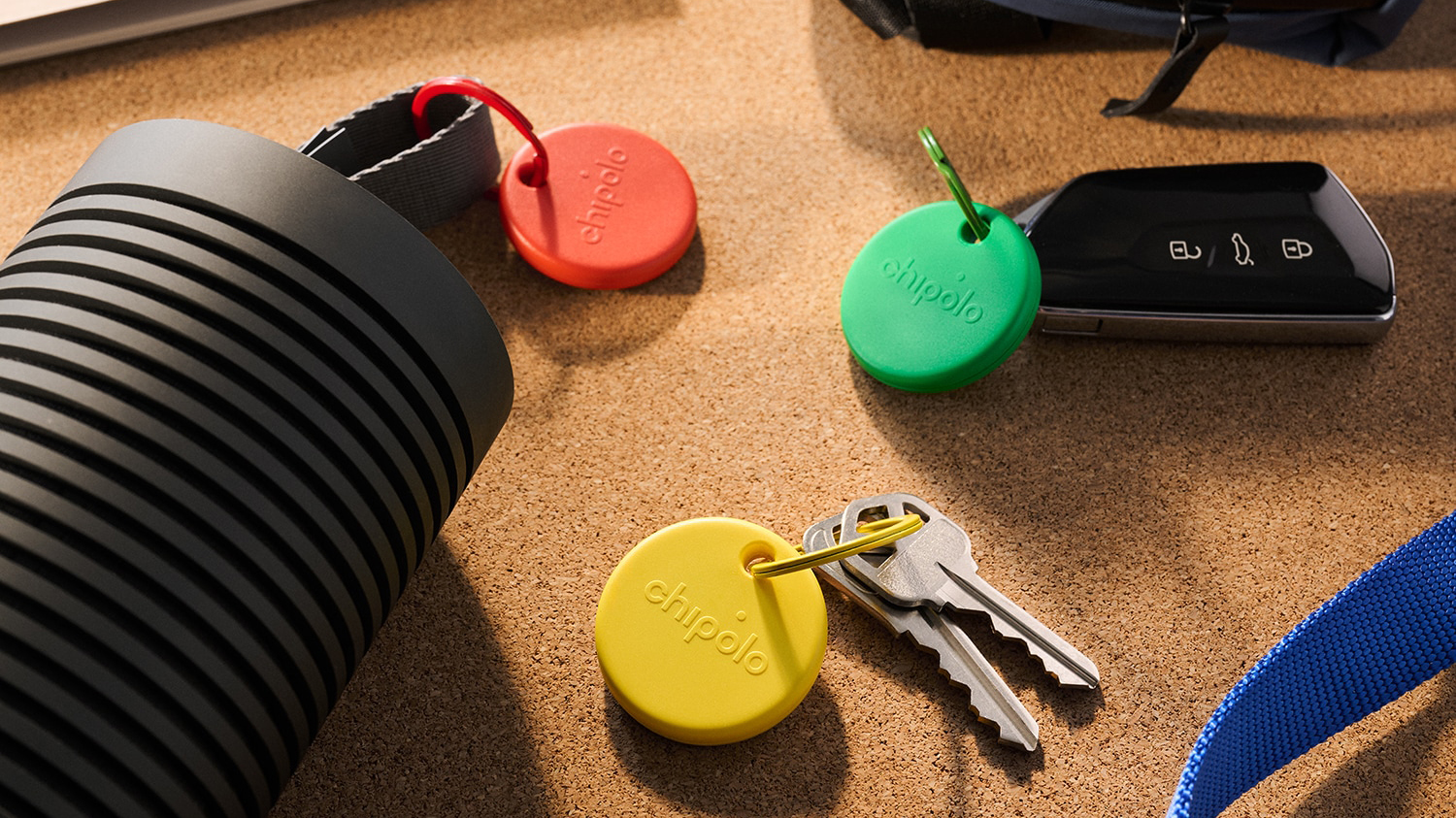 Forget AirTag, Chipolo's new Bluetooth tracker adds a dash of colour
Forget AirTag, Chipolo's new Bluetooth tracker adds a dash of colourChipolo's Pop tracker works with both Apple's Find My and Google's Find My Device – so you can track whichever platform you're using
By Mike Lowe Published
-
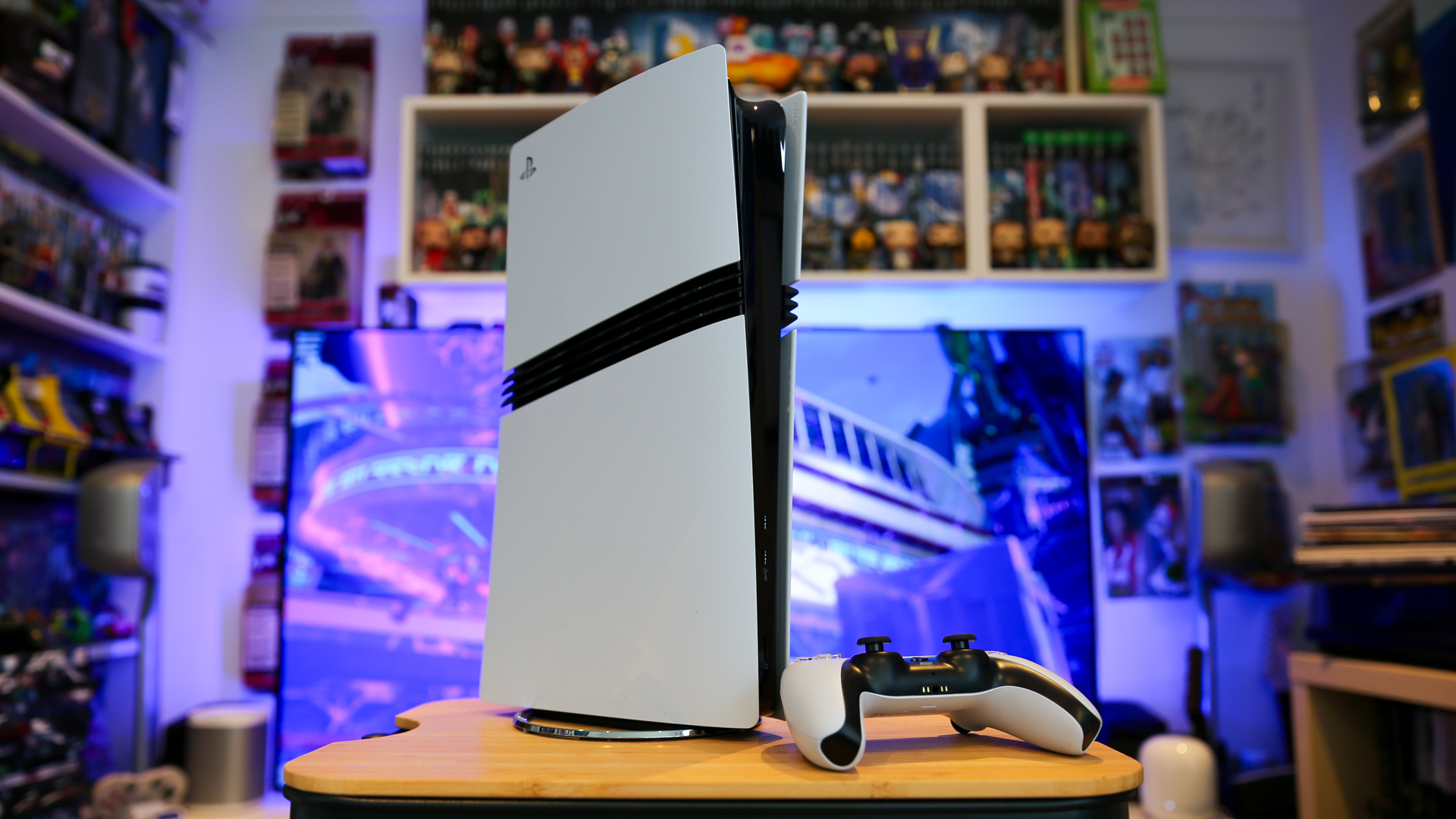 The 5 luxury PS5 Pro accessories I can't live without – How to upgrade your PlayStation in style
The 5 luxury PS5 Pro accessories I can't live without – How to upgrade your PlayStation in styleIf you want a better experience for your PS5 Pro, you need these luxury upgrades
By Max Freeman-Mills Published
